iPhone 6 Plus vs Galaxy Note 4 vs DSLR camera comparison: strengths and weaknesses of phone cameras vs DSLRs
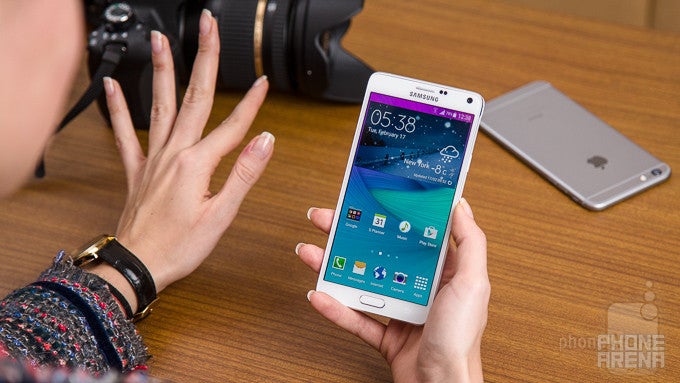
Scene 1 - Indoor, average light strength
Here's one of the scenes we included in the said blind camera comparison. In this case, the Canon DSLR took a very faithful image with accurate, neutral colors, very little digital noise, and details that are neither too sharp, nor too soft. Yet it came in second place for this particular scene. It was the iPhone 6 Plus that received the most votes here even though its image was far from accurate. As it tends to do, the iPhone has produced an overly "warm" photo with pumped up color saturation. The Galaxy Note 4 did not perform any better – its photo is "colder" than it should be, as evident from the blueish tint on the white wall behind it.

Side-by-side preview
Scene 2 - Outdoors
The second scene in our comparison demonstrates one of our DSLR's signature traits – when you zoom in, it becomes apparent that details in its photos look... different – details are much softer compared to what we see in the phones' images. But that's not exactly a flaw. The "softness" is due to a number of factors, one being that there are no sharpness or detail enhancements added artificially in software. In contrast, we're pretty sure that the iPhone 6 Plus and the Note 4 add a fair amount of sharpness to their images, which makes them pop-up more. These sharp details are probably why the Galaxy Note 4 got 88% of the users' votes for this scene, while the Canon camera got less than 3%.
Now, you might be wondering what would happen if we do boost the sharpness of the Canon's image. Well, wonder no more. We loaded the RAW image in our favorite image editing software and fiddled around with the sliders until we got the desired result. With the enhancements applied, the camera's image looks better from up close compared to the photos from the Note 4 or the iPhone 6 Plus.
You see, that's one of the things making a DSLR and a smartphone camera different – the former is capable of providing you with a raw, untouched image which you can tweak to your liking, while the latter silently does plenty of fine-tuning for you, whether you like it or not.

Side-by-side preview
Scene 3 - Close-up
Now we've come to the third scene, where another trait of our Canon camera becomes apparent – at wide apertures (f/2.8 in this case, the lens's widest), its images have a shallower depth of field compared to what the f/2.2 cameras on the iPhone 6 Plus and the Galaxy Note 4 produce. In plain words, the DSLR creates a blur effect in the background and foreground, thus making whatever's in focus stand out more. Also known as bokeh, it's the exact same effect some smartphone cameras emulate in effort to produce more stunning images.
Our readers, however, aren't much into bokeh. Or at least that's the assumption we can make after seeing that 84% of the votes in the scene were in favor of the Note 4 and its sharper images. In comparison, the Canon camera got under 14% of the votes.

Side-by-side preview
Scene 4 - Outdoors
Another easy win for the Galaxy Note 4. It got 92.5% of all votes vs the DSLR and the iPhone 6 Plus, which received only 1.3% and 6.2%. And it is clear to see why – the Note 4's image looks bright and detailed. In contrast, the iPhone's photo seems to lack fine detail, while the Canon camera's image looks dull and lifeless. We have to admit that the latter isn't quite as pleasant to look at because of this. But its lifeless presentation can be rectified with a few post-processing tweaks. The missing brightness and sharpness can all be added in a matter of minutes by anyone with the right skills and the right software at their disposal.

Side-by-side preview
Scene 5 - Outdoors
Speaking of editing, here's a scene we did not include in the blind comparison. These photos are ideal for demonstrating what can be achieved through enhancing a seemingly poor image using software. Below you'll find the untouched images from all three devices along with their manually enhanced versions. To no surprise, editing the RAW image from the DSLR camera produced the best results as it gave us the most data to work with, although the edited images from the Galaxy Note 4 and the iPhone 6 Plus don't look bad either. Unless you take a close look, that is – digital imperfections are more visible in the photos from the smartphones.

Side-by-side preview
Scene 6 - Indoors, low light
This low-light test demonstrates that while a Canon DSLR can snap a presentable image in low light, the Samsung Galaxy Note 4 and the iPhone 6 Plus are not bad at it either. Images from the two handsets are high on details and low on noise, all while lacking motion blur. However, the DSLR has one key advantage over them – speed. Its image you see here was taken at a shutter speed of 1/30, with OIS enabled. In comparison, the iPhone 6 Plus set its exposure at 1/4, which is 5 times longer, and the Note 4 required even more time to expose the image. That's not an issue if you have steady hands and/or if your subject isn't moving, but in any other case, a faster DSLR would be more suitable for the situation than a cameraphone.

Side-by-side preview
Scene 7 - Flash performance
Every great camera should have a great flash to go along with it. That's why we feel obliged to test the built-in flashes on all three devices. Fortunately, they all performed well in our impromptu test, filling the frame with plenty of light. For those who need a refresher, the iPhone 6 Plus has a two-tone LED flash while the Note 4 packs a single LED flash. The Canon EOS 650D relied on its built-in xenon flash for this shot.
Overall, we are happy with the results from all three cameras, although we do notice a few differences in the way they performed. If you take a closer look at the DSLR's photo, you'll notice that it has softer details compared to the smartphones' images. However, the Canon camera's image has the most natural-looking colors. Moreover, the DSLR is once again faster as it shot the frame in 1/60 of a second, while the iPhone 6 Plus set the exposure time at 1/17. The Note 4's exposure time was even longer.

Side-by-side preview
Scene 8 - Night
And finally, here's the night scene from our camera comparison. The image from the iPhone 6 Plus didn't stand a chance against that from the Galaxy Note 4 – the latter got 58% of all votes, while the iPhone collected less than 11%. As for the DSLR, its 31% rating ensured its second place. We can see why the Galaxy Note 4 topped this scene as well. Its photo is brighter than the iPhone's and more detailed than the Canon camera's image. Yet once again, the DSLR stood out with its faster shutter speed.

Side-by-side preview
Conclusion
A DSLR is kind of like a sports car – it packs a serious punch, but the amount of fun you can have with it proportional to your driving skills. The camera on a smartphone like the Note 4 or the iPhone, on the other hand, is akin to a limousine – it can't win a rally, but it rides with grace and in style; all you have to do is lay back and relax as your driver takes you to your mansion.
Metaphors aside, DSLR cameras excel at taking photos faithfully, but the quality of the results usually depends on the abilities of the photographer – on their skills to take a pleasing image and to edit it afterwards, thus making it look its best. In contrast, a smartphone like the Galaxy Note 4 or the iPhone takes care of image fine-tuning behind the curtains. What you get is an image that isn't always accurate color-wise or with the greatest details, but in most cases is pleasant to look at nonetheless. That's why the Note 4 dominated our camera comparison – its photos looked more appealing than the unedited images from our Canon camera, thus people voted in the Note 4's favor.
Due to these key differences in how a DSLR camera and a smartphone take photos, it is tricky to say which one's better at it. It all boils down to what the user needs. Some require nothing but a device that is straightforward to use, easy to carry around, and capable of shooting decent images – a description that a smartphone fits in perfectly. To them, a smartphone's camera is the best camera. But you don't see pro photographers shooting with smartphones, do you? These are the "race drivers" who have the skills needed to take full advantage of a DSLR's power. Smartphone cameras are great, there's no denying that, but when it comes to serious photography, it will be a while until a DSLR's capabilities are matched by a cameraphone.

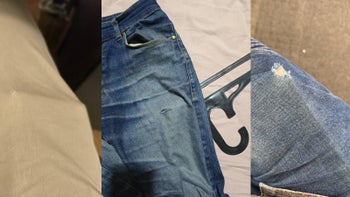

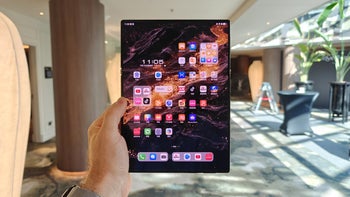


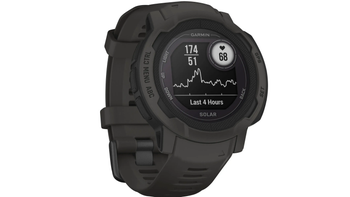
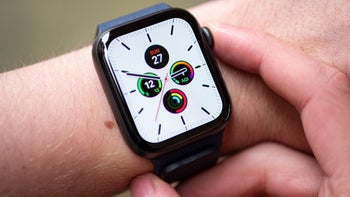
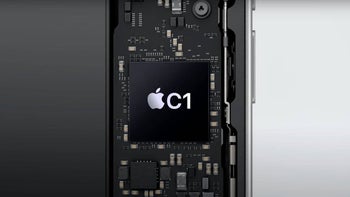

![Galaxy S25 Edge hands on video shows off slim design and key specs [UPDATED]](https://m-cdn.phonearena.com/images/article/167870-wide-two_350/Galaxy-S25-Edge-hands-on-video-shows-off-slim-design-and-key-specs-UPDATED.jpg)

Things that are NOT allowed: